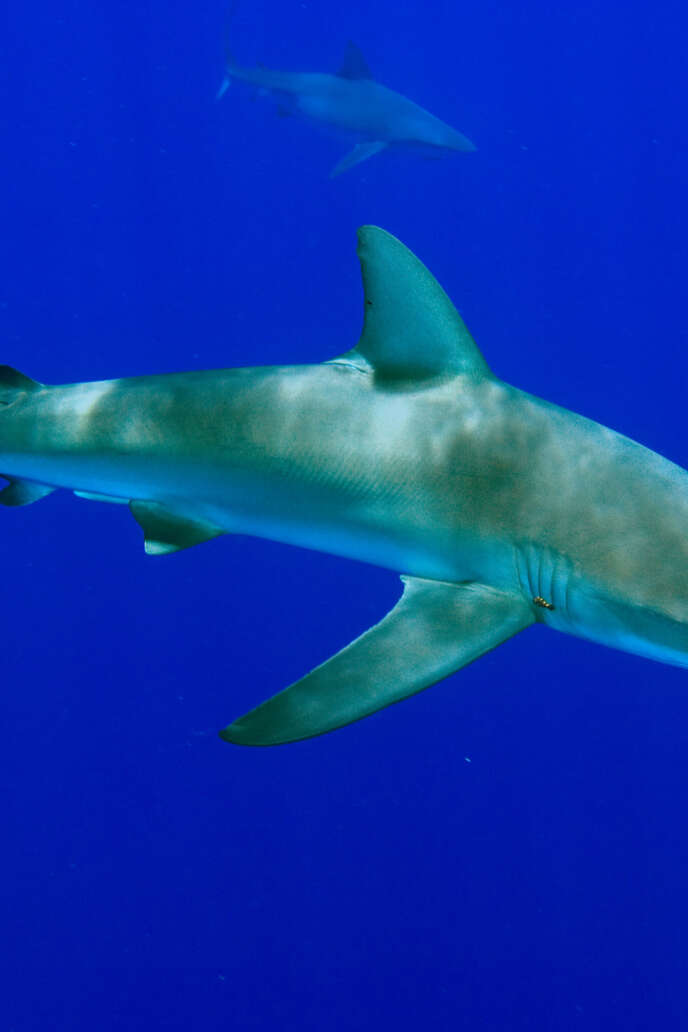Sharks have been a source of fascination for centuries, inspiring awe and fear in equal measure. They are some of the most mysterious creatures on earth, with some species living up to 400 years or more! It’s no wonder that people want to learn more about them. Here are 10 fascinating shark facts you need to know – from their surprising behaviors and adaptations to their vital role in ocean ecosystems. Whether you’re an avid diver or just curious about these majestic predators, this list will give you insight into the amazing world of sharks
Fact #1: Sharks have existed for millions of years
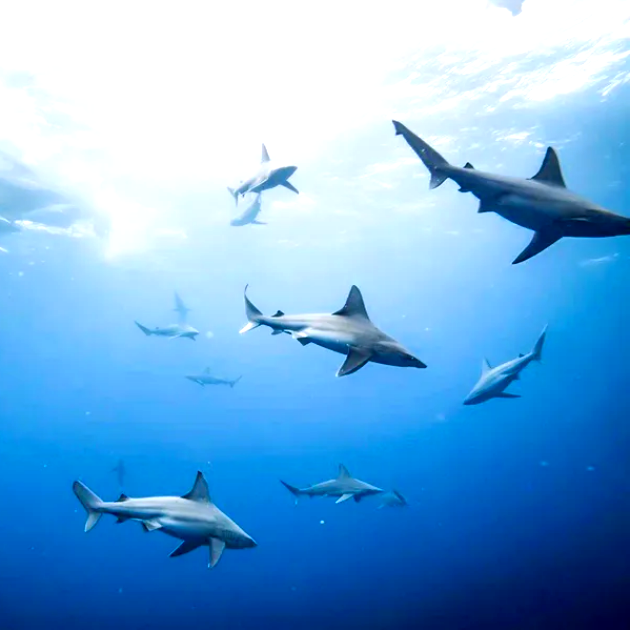
Sharks have been around for millions of years, evolving into some of nature’s most efficient and formidable predators. Fossil records indicate that modern sharks appeared about 400 million years ago; this makes them some of the oldest living organisms on Earth!
Sharks are an incredibly diverse family, with more than 500 species living in oceans all over the world. From the long and slender basking shark to the hammerhead shark, each species is specialized to thrive in its environment. Most species are apex predators at the top of their food chain, helping to maintain a healthy marine ecosystem by controlling prey populations and preventing them from becoming too large or out-of-balance. Sharks are also incredibly resilient creatures – they can survive for up to three months without eating, and some species can even travel thousands of miles across the open ocean. The longevity of certain sharks is also remarkable; one Greenland shark was estimated to be over 400 years old!
Fact #2: Sharks have great vision, but some are most likely color-blind
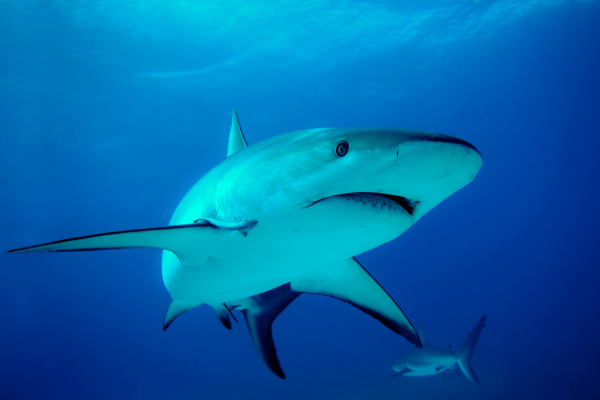
Sharks have excellent eyesight, with some species having up to 20/20 vision. However, some species of shark are color-blind and can only see in black and white. Sharks also possess an additional organ at the back of their eye called a tapetum lucidum which gives them superior night vision compared to other animals. This helps them hunt for prey in low-light environments or at deeper depths where there is limited sunlight. Additionally, some sharks have unique adaptations such as the hammerhead’s flattened head which is equipped with extra wide-angle vision that allows them to detect motion more easily.
Fact #3: Shark skin is made of tiny teeth-like scales called denticles

Shark skin is made of tiny teeth-like scales called denticles, which are made from a material known as ‘placoid scales’. These scales allow the shark to move through the water more efficiently by reducing friction. They also protect predators and parasites. The denticles are arranged in an overlapping pattern, similar to shingles on a roof, that gives the shark its characteristic smooth texture. The denticles are also responsible for reflecting light in certain directions, allowing some species of sharks to be camouflaged in open water. As a result, these creatures can surprise unsuspecting prey and predators with their stealthy movements.
Fact #4: Sharks have their personalities

Sharks can be curious, shy, or aggressive depending on the species. For example, whale sharks are usually very gentle and docile creatures while great white sharks are known to be bolder and more exploratory. Furthermore, research has shown that some shark species may even recognize individual humans upon multiple encounters! Sharks also have certain ways of communicating with each other such as body language and specific vocalizations. This behavior goes to show that they are so much more than just animals in the sea; they have their own distinct behavioral patterns and social structures that make them unique amongst aquatic life.
Fact #5: Some sharks glow in the dark
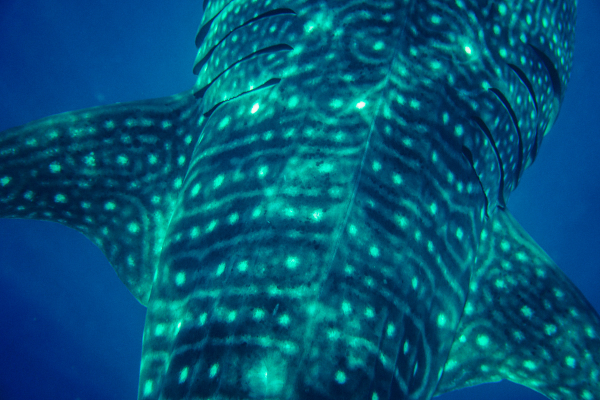
Some species of sharks, including the deep-sea dwelling lantern shark, elusive chain catshark, and swell shark, have a unique ability to produce their light through a process called bioluminescence. This allows them to blend in with their surroundings or attract prey in the dark depths of the ocean. The light is generally produced from organs called photophores located around the shark’s body. These photophores are filled with bioluminescent bacteria that produce a chemical reaction when stimulated, creating a bluish-green glow that is visible to other animals in the vicinity. As well as helping these creatures hide from predators or locate food, this incredible adaptation also helps scientists track and study them more easily.
Fact #6: The world’s smallest shark is the Dwarf Lantern Shark and the largest is the Megalodon

The world’s smallest shark is the dwarf lantern shark, which grows no larger than 20 cm (8 inches). It’s usually found near the coasts of Central America and South America. On the other end of the spectrum, we have the Megalodon, which was likely the largest predatory fish ever known to exist. It grew up to 18 meters (60 feet) in length and weighed over 50 metric tons! Today its fossils have been discovered in many places around the world, from Australia to Japan and even off the coast of North America. This incredible creature went extinct millions of years ago, but its legacy continues to fascinate us even today. Both these sharks are filter feeders, meaning they primarily eat plankton and other small organisms, such as fish eggs or squid larvae. Other interesting facts about these two species include: they have special organs that allow them to glow in the dark and their skin is covered with thousands of microscopic denticles for protection from predators.
Fact #7: Whale shark has a spot pattern that is as unique as a fingerprint

Even though whale sharks may look similar on the surface, no two of them have the same spot pattern. This makes them truly unique and helps scientists better understand their behavior in the wild. It is believed that these unique markings help researchers track the movements of individual whale sharks and even identify them from one another. The spots are so intricate that they can be used to differentiate between members of the same species from different locations! The spots on the side of their body also act as camouflage against predators and also help them blend into their environment when hunting for food
Fact #8: Some species of shark migrate thousands of miles each year

Some species of shark migrate thousands of miles each year to find food and favorable breeding conditions. These long-distance migrations can take them across entire oceans, with some sharks swimming up to 20,000 kilometers per year. This is an incredibly impressive feat, and it’s vital for the survival of many shark species. The great white shark is one of the most well-known migrating species; they travel from the cold waters near Greenland to the warm waters of South Africa each year. Other sharks that routinely undertake long migrations include hammerhead sharks, mako sharks, thresher sharks, bull sharks, and whale sharks. The exact routes these animals take are still largely unknown, as tracking technology has only recently been able to document a few individual journeys. What we do know is that these incredible animals have been making these immense migrations for millions of years!
Fact #9: Sharks don't get cancer as often as other animals do
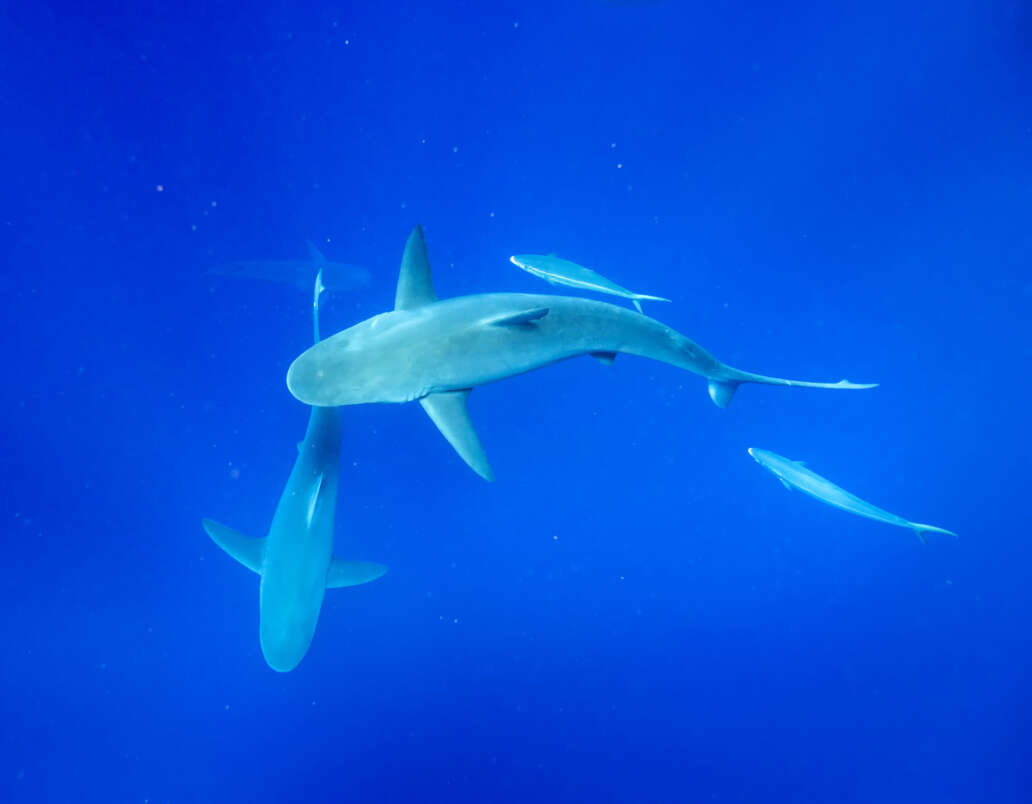
These incredible creatures have numerous physiological adaptations that make them almost immune to cancer. The science behind this is complex, but it boils down to two main defenses: the production of squalene and an abundance of antioxidant enzymes. Squalene is a lipid molecule found in shark tissue that has been shown to block the introduction of carcinogens into the body. At the same time, their bodies produce a variety of antioxidant enzymes that help rid cells of free radicals that cause cancerous mutations.
These defenses combined give sharks far less chance of developing cancer than other animals – though scientists caution that there is still much to learn about the biological mechanisms at play here. Still, it’s safe to say that sharks are pretty remarkable when it comes to cancer prevention. In addition to their low rates of cancer, some shark species also show signs of exceptional longevity – with certain types living up to 100 years! This is partly due to their slow rate of growth and low reproductive output; as these features reduce exposure to damage from aging-related mutations.
Fact #10: Most sharks are not dangerous to humans

Sharks are a majestic and often misunderstood species. Despite their fearsome reputation, many sharks don’t pose any real threat to humans and very few species have been responsible for attacks. The majority of shark attacks are non-fatal and even those that do cause injury rarely result in death. This is because many shark species avoid human contact and go out of their way to stay away from people. Additionally, research suggests that sharks may even possess an aversion to humans due to their strong sense of smell, enabling them to detect our presence and stay away from us. So while these mysterious creatures may be intimidating, it’s important to remember that most of them aren’t interested in attacking people at all! Exercise caution is always advisable when swimming or entering their habitat.
The Importance of Learning More about These Fascinating Creatures
Sharks are amazing animals with incredible abilities. They have been around for millions of years and play an important role in maintaining a healthy marine environment. That is why it is so important to learn more about these fascinating creatures and understand their behavior better. With this knowledge, we can work together to protect them and ensure they remain part of our world for generations to come.


